36 Hours With Arthur Ashe at the 1968 U.S. Open
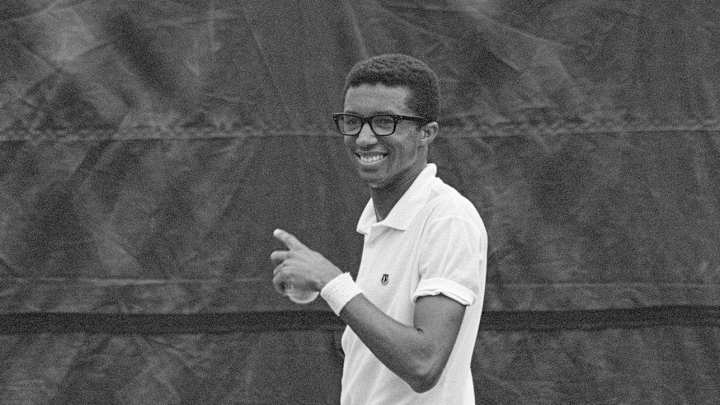
Beginning on the afternoon of Sept. 9, 1968, renowned photographer John G. Zimmerman chronicled the 36 hours that changed tennis. On assignment for Life, Zimmerman went along with Arthur Ashe on his remarkable journey. His photos (below) are being shown for the first time in a new book, Crossing the Line: Arthur Ashe at the 1968 US Open, published by Hannibal in cooperation with the John G. Zimmerman Archive. They capture not just a sport in transition, but a man as well. Ashe would evolve from an athlete who could go unrecognized on the subway to a prominent civil rights advocate before his death in 1993. Zimmerman's photographs are a rare look at a star being born.
Photos by John G. Zimmerman. Essay by L. Jon Wertheim.
Arthur Ashe came close to missing the 1968 U.S. Open. It had nothing to do with race—though this would mark the first time an African American man played in a major tennis championship. It had nothing to do with status—though this would mark the first time that both amateurs and pros were permitted to play the event, the U.S. National Championships rechristened in 1968 as the U.S. Open.
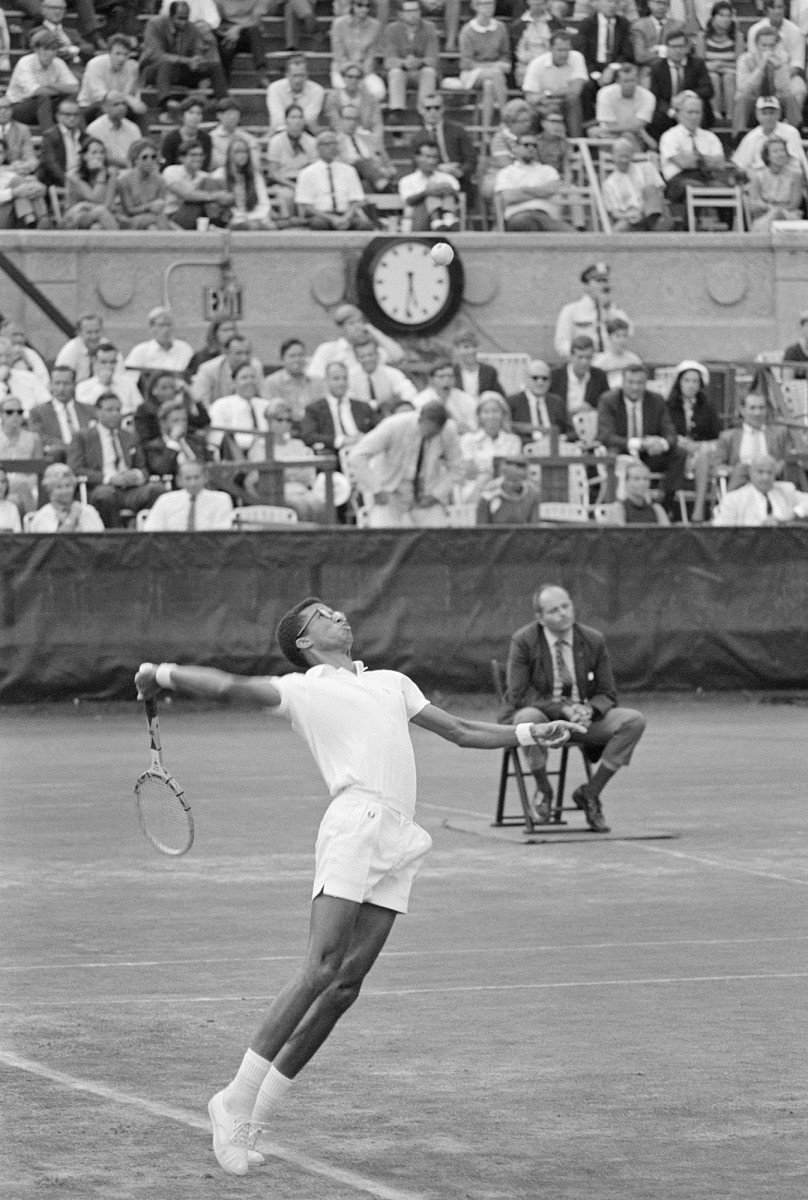
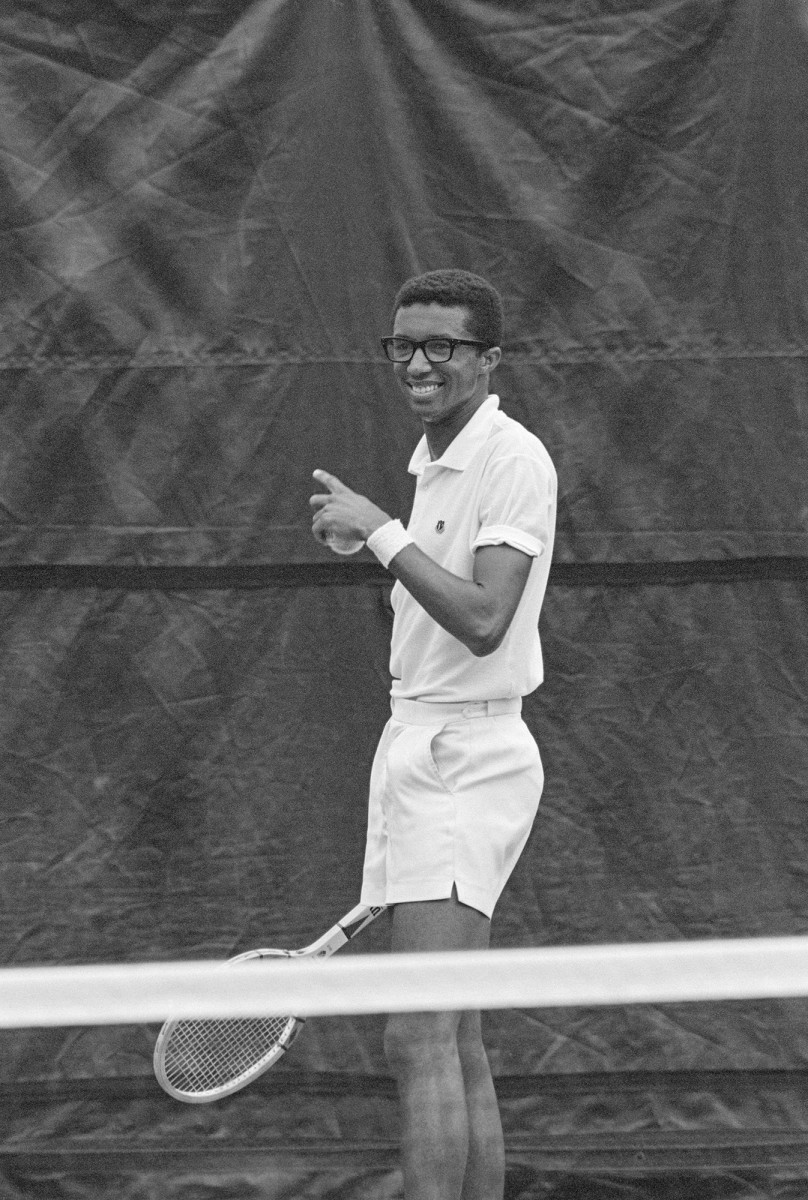
No, as a U.S. Army lieutenant and a military computer programming instructor, Ashe required the permission of his superiors at West Point before he could venture 65 miles downstate to Forest Hills and compete in the tournament. Eventually, Ashe, then 25, was granted his leave; and he made the most of it, winning match after match and staying fashionably late.
In that blazingly destabilized summer of 1968, the story of Arthur Ashe was obscured—if not altogether lost—amid the counter-narrative of riots and death. Had the country pivoted its gaze, it would have learned a lot. An athlete who married power with control, Ashe threaded his way through the tournament draw, deftly adjusting his strategy as the circumstances and the opponent required. When matches tightened, Ashe drew from a deep reservoir of poise and self-belief. On the grass courts and in press conferences, he carried himself with a measured dignity, happy to acknowledge that there were topics at hand more important than a starchy tennis event.
Long before the final day of the tournament, Ashe had won over the crowds at Forest Hills Stadium and the fans watching on CBS. In the last match, he beat Tom Okker of the Netherlands in a five-set final, 14–12, 5–7, 6–3, 3–6, 6–3. (For good measure, he also reached the finals in doubles.) Not that Ashe was exactly awed. When he drove a forehand volley beyond Okker’s reach on match point, Ashe smiled with typical Ashe-ian understatement, raised his arms and orbited the court with his hands clasped behind his head staring at the turf.
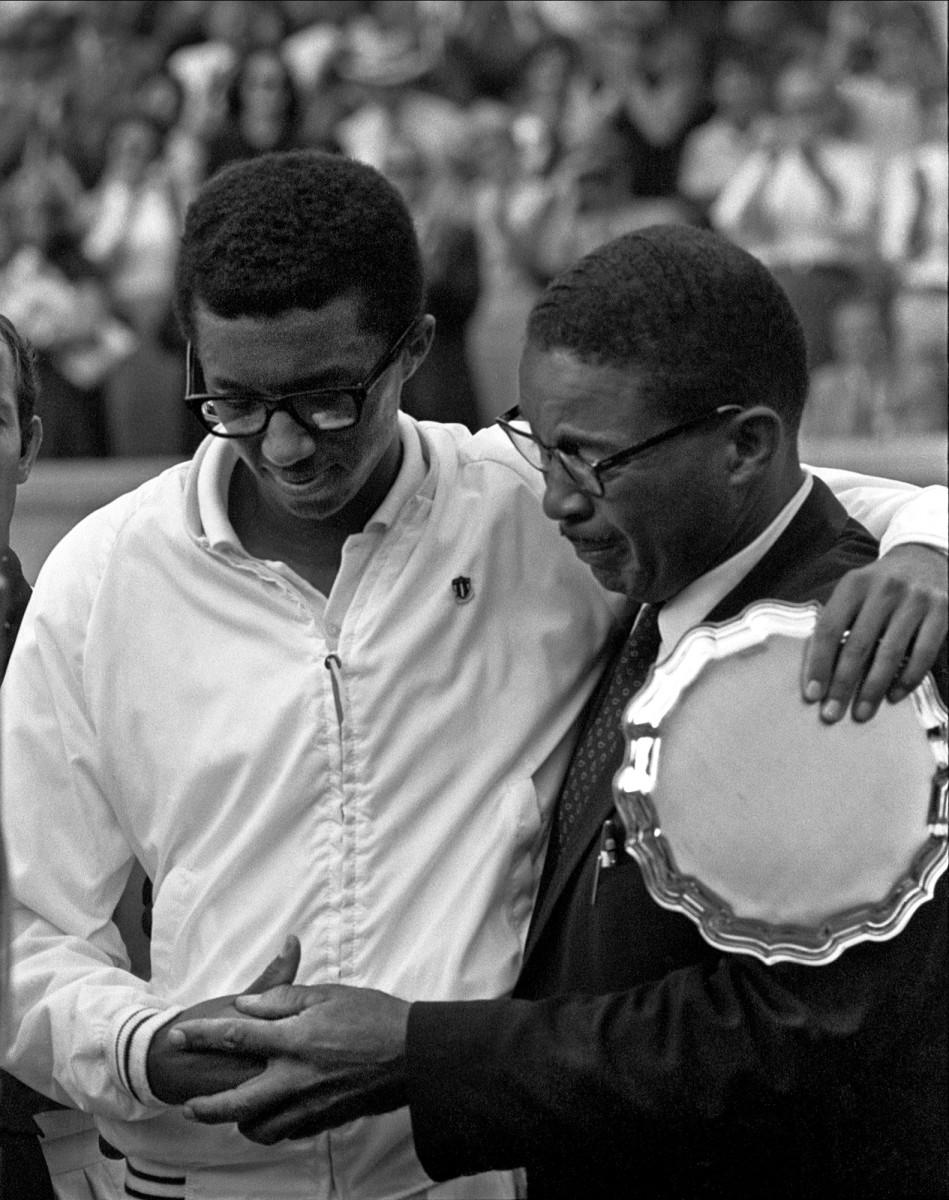
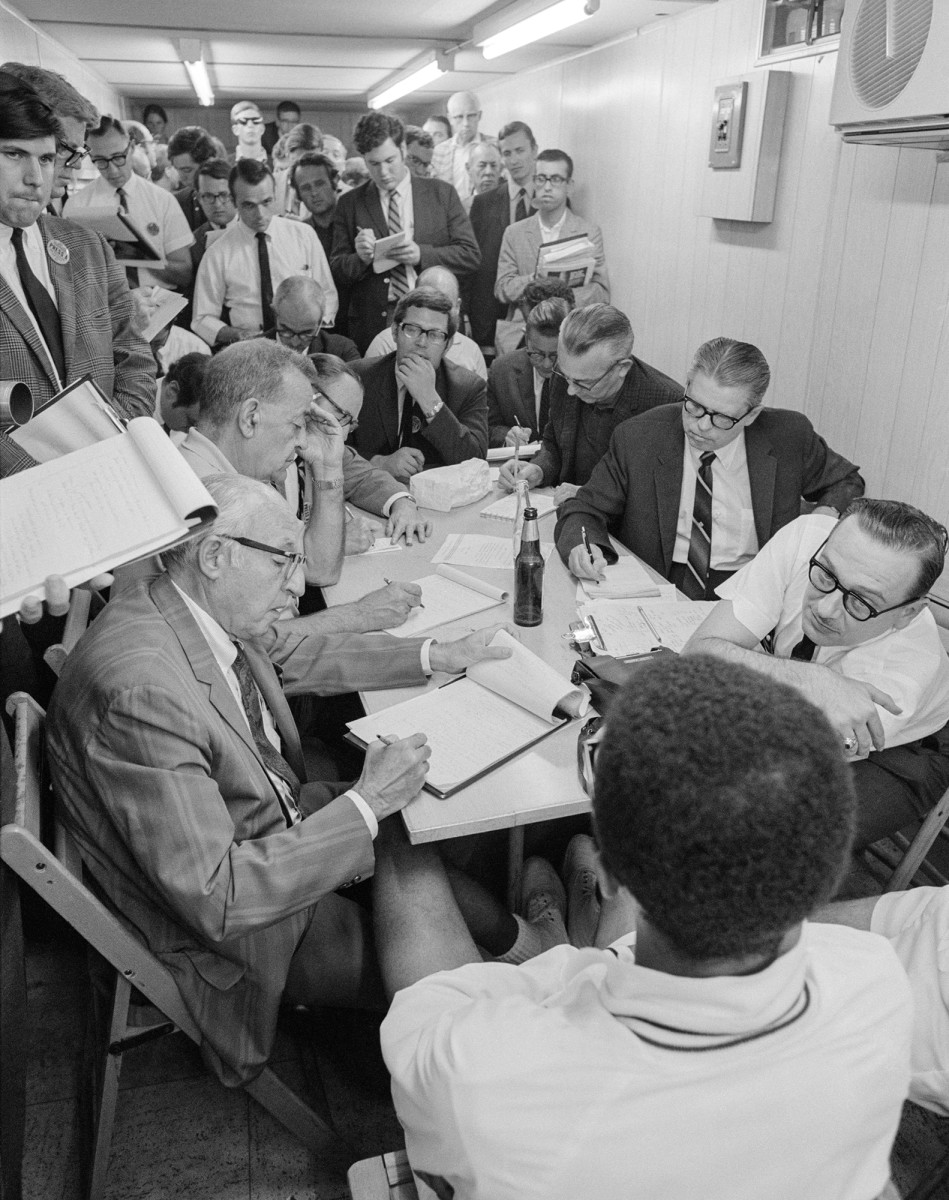
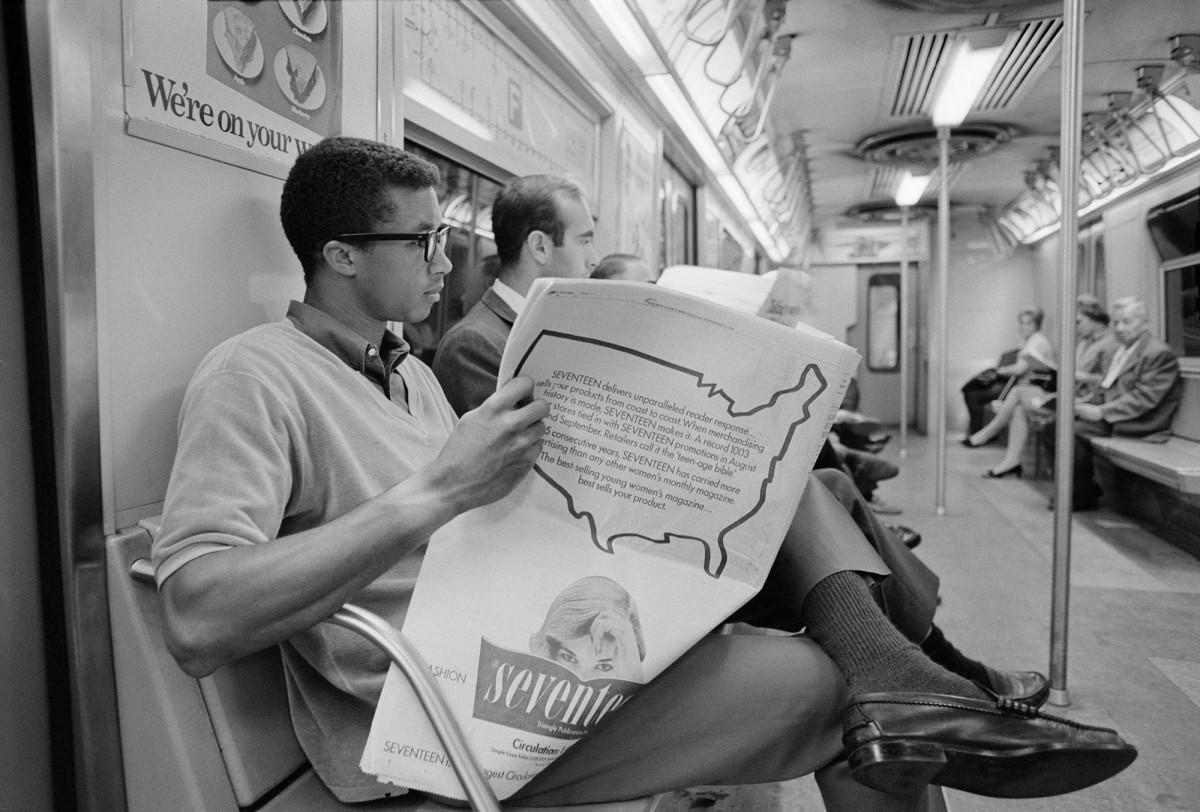
The first black man to enter a major tennis championship became the first black man to win a major tennis championship. The irony: on the day he won, Ashe's title was discussed less for race than for economics. Having registered as an amateur, Ashe had relinquished his rights to the $14,000 winners purse and was instead entitled to only 16 days worth of $20 per diem.
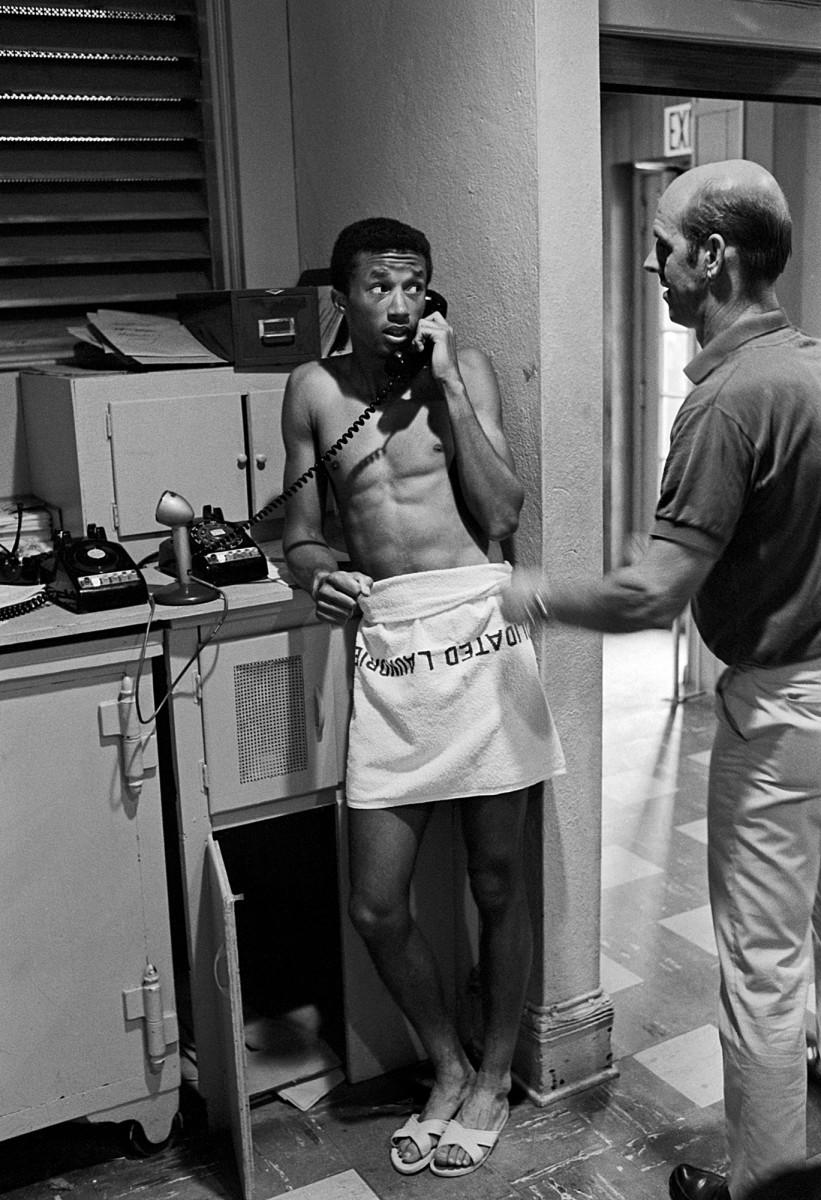
Steadily, though, Ashe's achievement took and weight and texture. When Lieutenant Ashe returned to West Point he received a telegram. It read:
Proud of your greatness as a tennis player, prouder of your greatness as a man. Your stand should bridge the gap between races and inspire black people the world over and also affect the decency of all Americans.
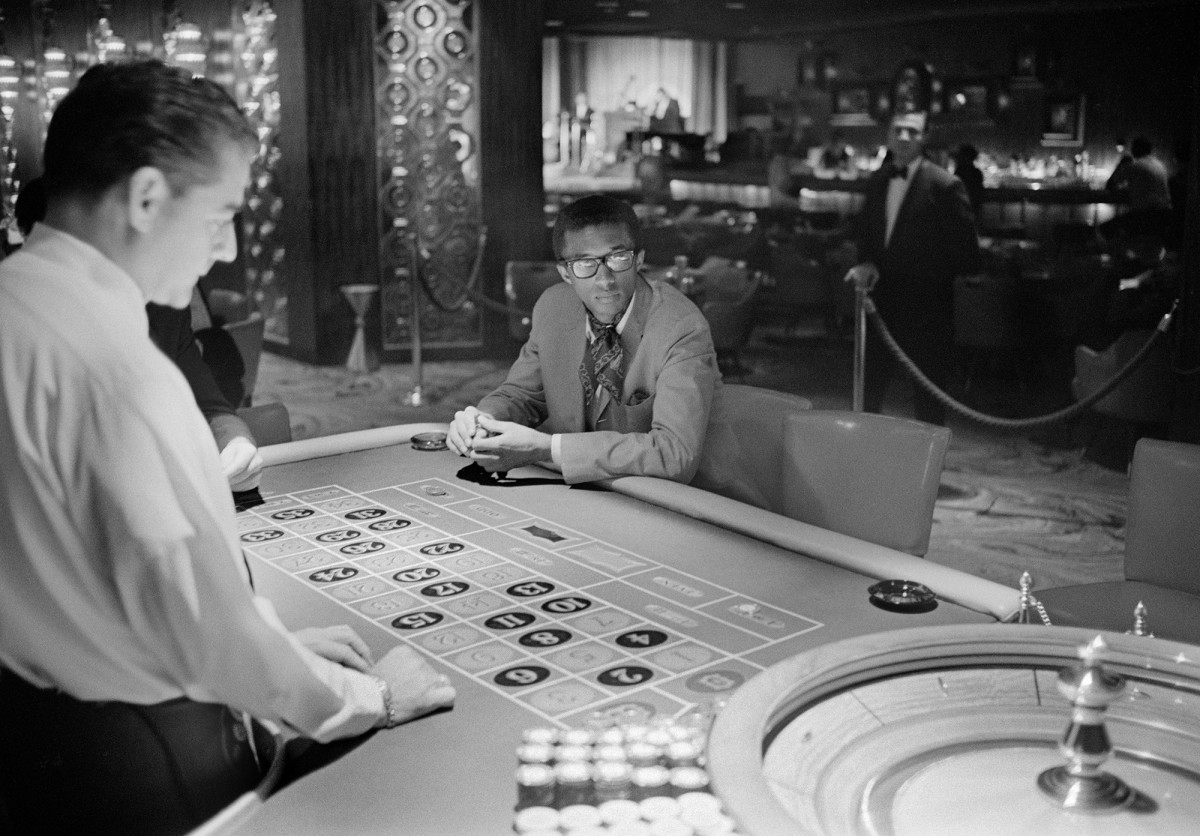
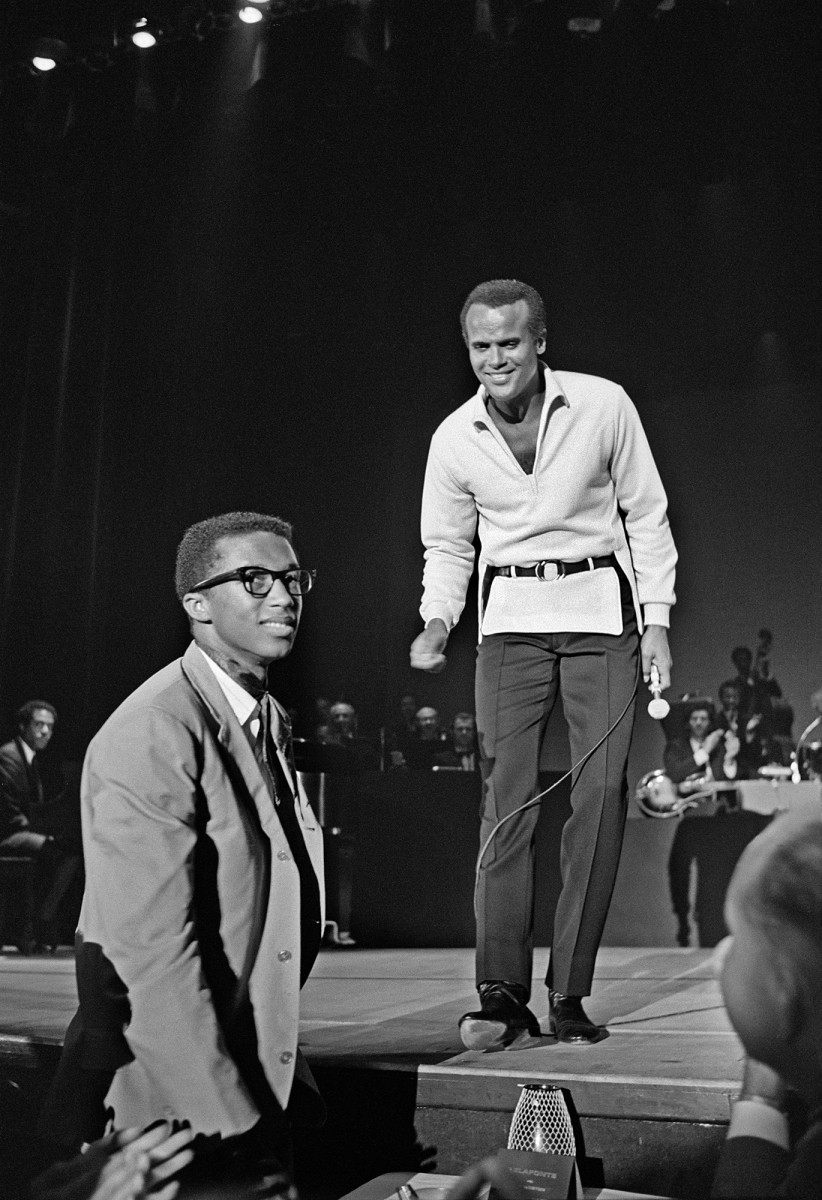
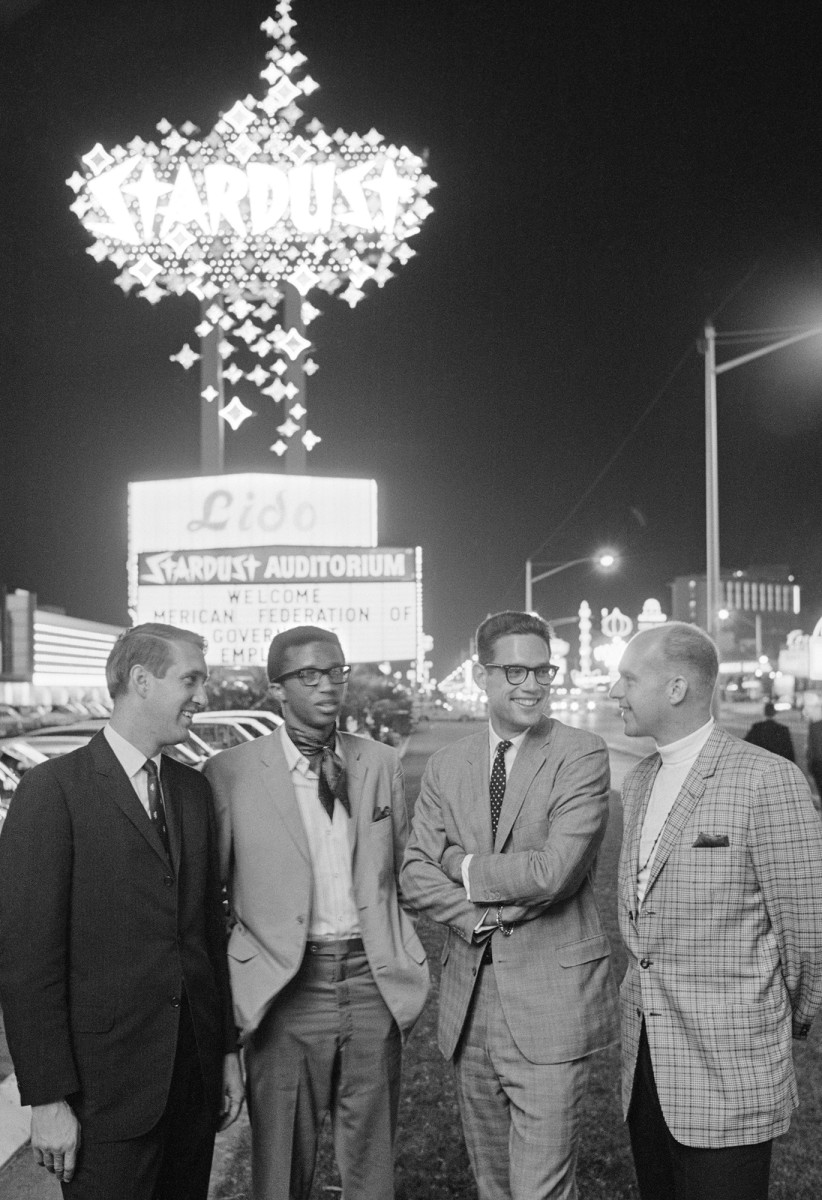
Ashe would win two more major titles. Of far more significance, he would become known as a humanitarian, a statesman, a voice of reason and intellect, a towering figure who died entirely too soon. So much so that today—a quarter century after his death from AIDS on account of a faulty transfusion; a half century after his breakthrough title—the most significant U.S. Open matches would be played inside Arthur Ashe Stadium, the largest tennis venue in the world.
